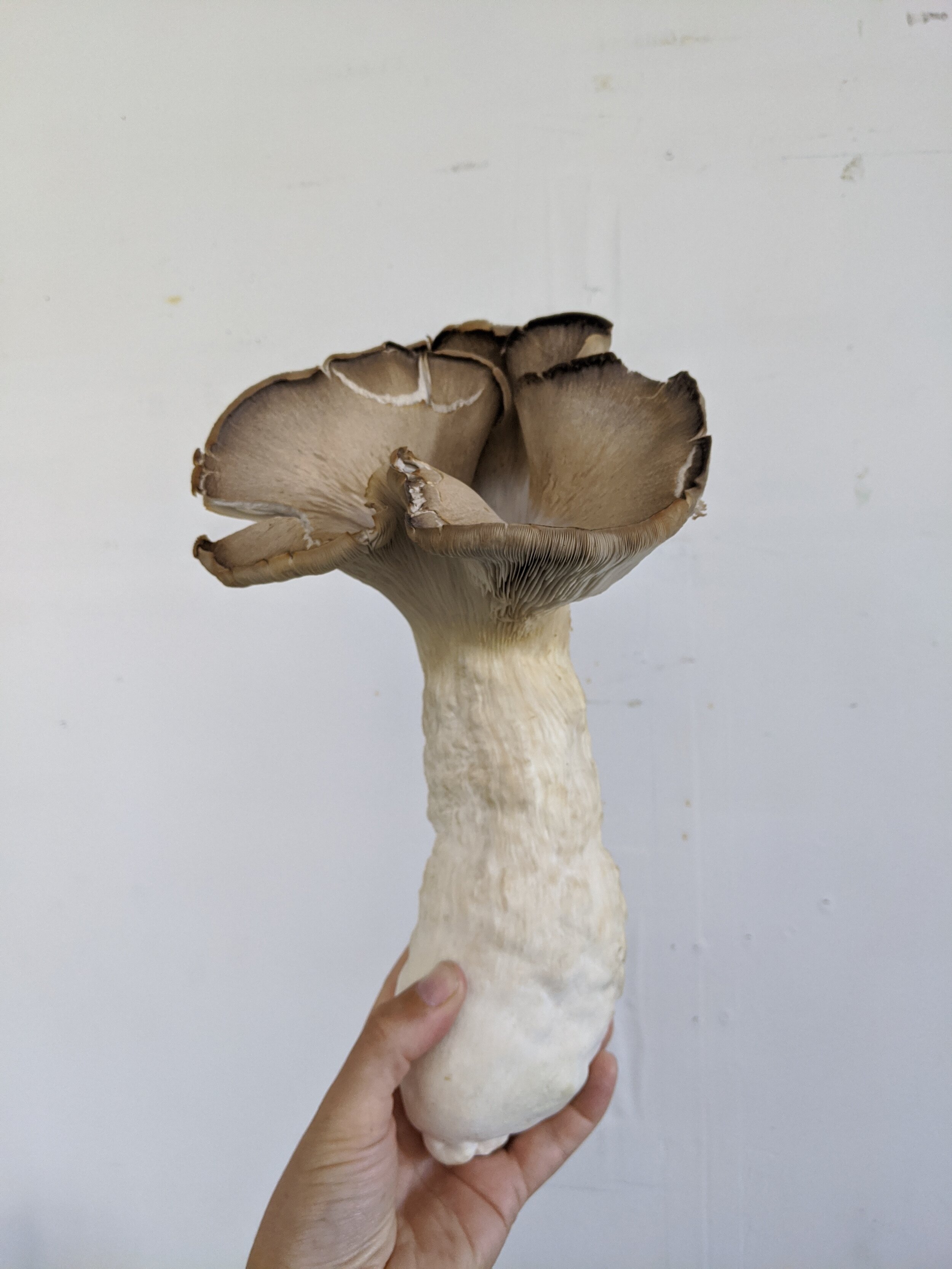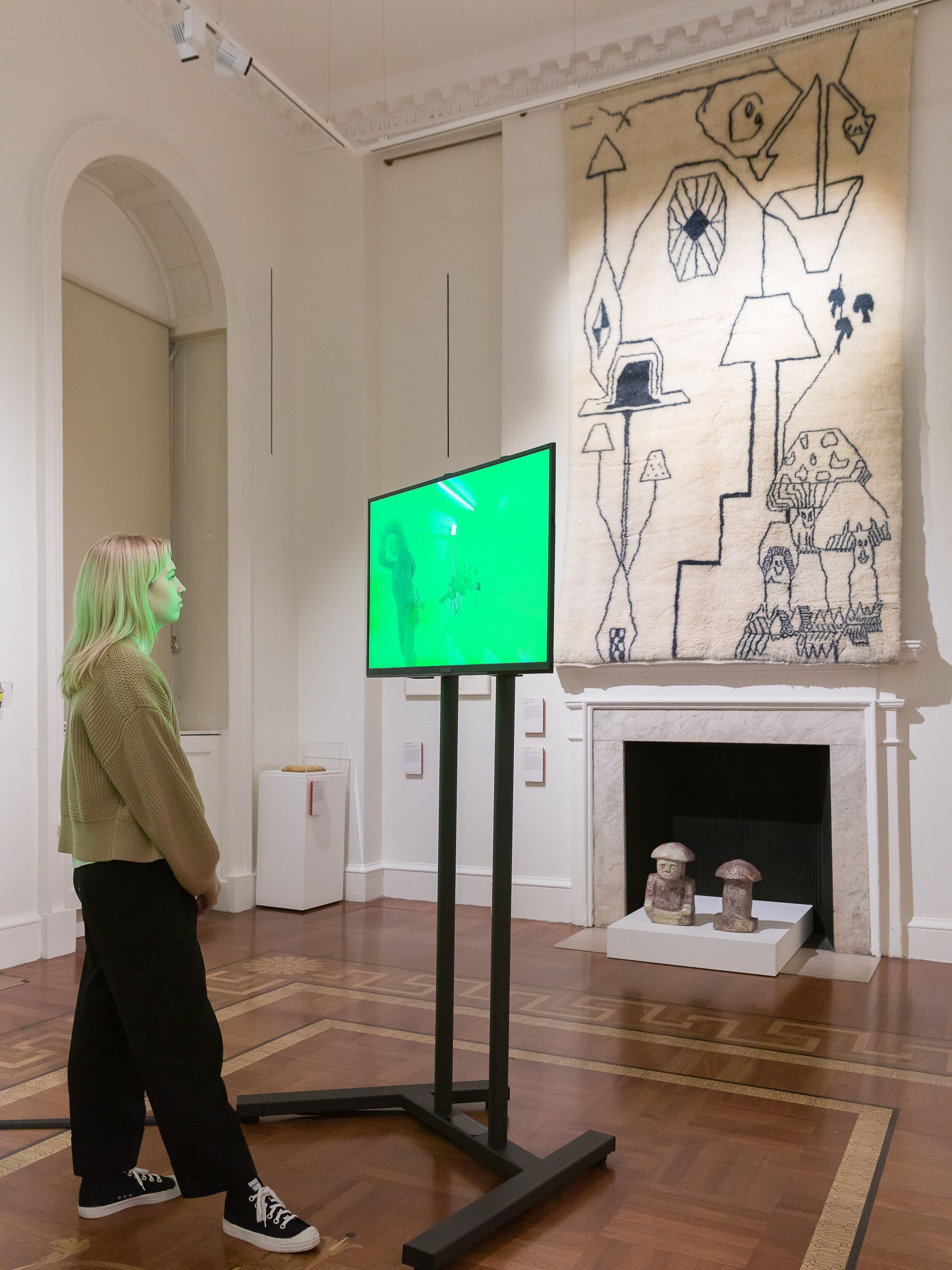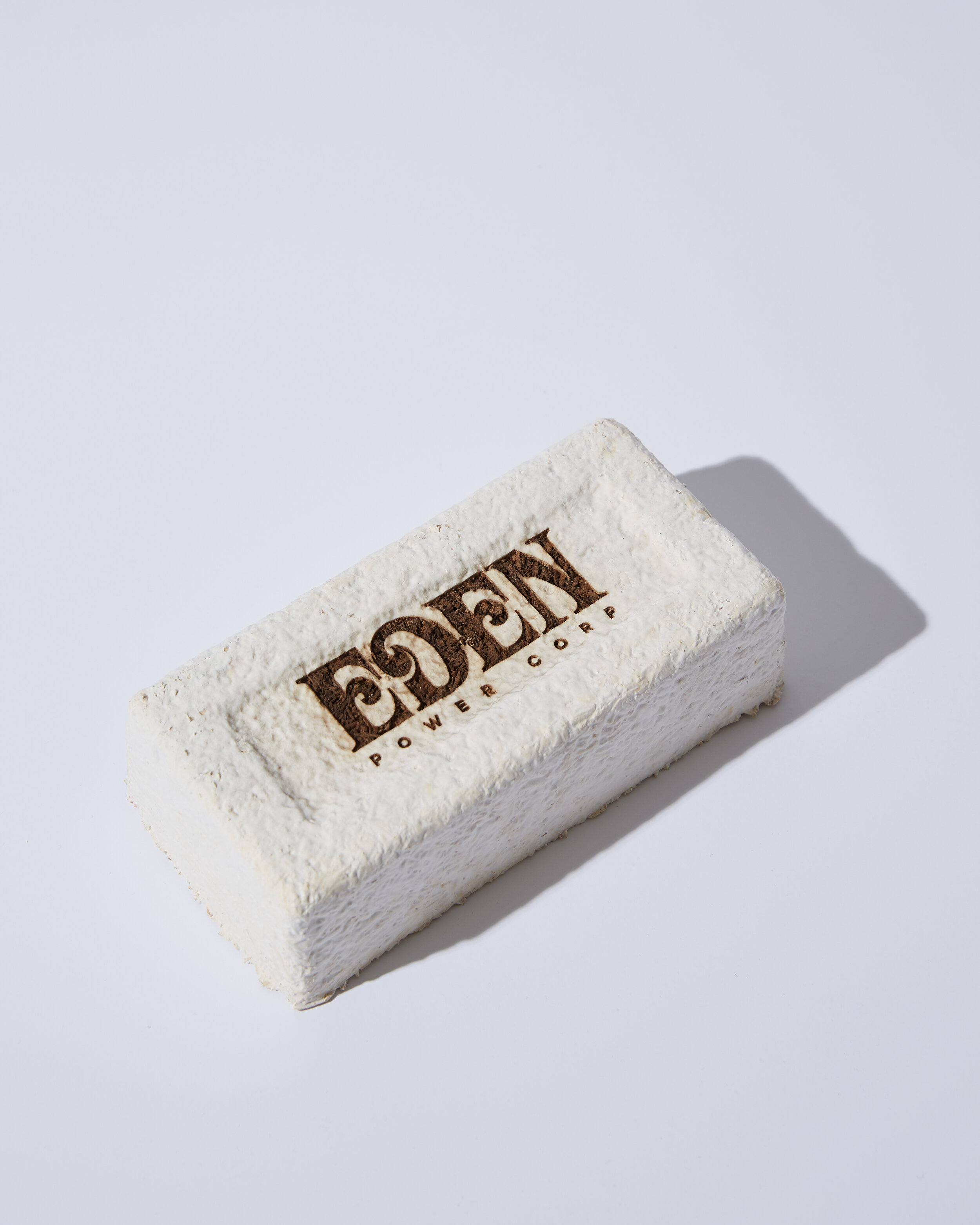FEATURE: AT LAST, FUNGI HAVE SPRUNG
Tim Barber
For what seems like forever, wild mushrooms, whether they be nice and safe to consume or nasty (as in deadly, yes), have left practically no one indifferent. On the one side, there are truffle fanatics who are willing to drop a few thousands on a good crop and, on the flip side, the West has for centuries nursed an outright phobia of anything that’s mouldy or derived from it — namely, fungi. “We call it mycophobia,” Paul Stamets states in a TED Talk he gave in 2008, about how the mycelium — the underlying mass of hyphae, or rather, of mushroom roots — is actually more like a solution, not a problem. To some, the consumption of psilocybin mushrooms has been an enlightening, life-altering experience, to others it’s just one of those silly things to do. This is all to say: views on wild mushrooms have long been black or white, right or wrong, with little to no wiggle room. Though that’s all changing now as everyone from nans to fashion designers are seeing the merits.
Inevitably in an age where everything surrounding the wellness industry sells, that outdated mushroom dialogue has begun to wear off as scientists and entrepreneurs alike have started to realise that shrooms and basically every fungus that has blessed this earth have their own baffling bag of tricks. “The last few years have seen a massive shift in mainstream attitudes toward fungi, and that has a lot to do with scientific discoveries,” says Francesca Gavin, a trusted voice in the cultural landscape who’s curated the exhibition Mushrooms: The Art, Design and Future of Fungi at Somerset House. She points out, however, that “this is a turning point in Western science, because elsewhere, say, in Russia, or in Asian medicine, mycophobia has never been much of a thing.”
From Isaac Larose’s research photos taken at 400 pieds de champignon, Montreal
Indeed, quite the opposite: though a long read, no less than three times does mushroom picking serve as leisurely narratives in Tolstoy’s Anna Karenina and, on one occasion, it involves a man who’s on the verge of proposing to the woman he loves during a hunt, but instead — spoiler alert — he goes on to ask “What is the difference between the birch mushroom and the white mushroom?” The point is, foraging has always had a place of great significance among Slavs. So too in traditional Chinese medicine in which the lingzhi, otherwise known as reishi, is dubbed “the elixir of immortality”.
Finally, the Occident is catching up. What’s come out in recent studies is that, apart from being good fun, psilocybin could actually help addiction and be an alternative to antidepressants when consumed in very small doses. The non-trippy ones, too, can be mind-expanding. The Lion’s mane, that shaggy mushroom that’s sometimes sold at the farmers’ markets, is said to boost one’s cognitive functions and thus could (in theory) make us smarter. Or rather, keep us cognitively engaged. And just as wicked: mushrooms have similar DNA to us humans. They also document their own history through underground mycelial traceroutes; a mycelium which can be turned into bricks, shoes, furniture or lamp shades etc.
“In a way, mushrooms inhabit a no man’s land between spirituality and science. And what strikes me most is how they attract such a high level of interest from such a vast and varied crowd of artists. I can’t think of another organism that’s that fascinating to look at,” Francesca says, before cracking “I doubt potatoes attract that sort of awe from the art scene, as much as I love them.”
P.A.M.’s stall at Mushrooms: The Art, Design and Future of Fungi exhibition
P.A.M. SS21 tee
The exhibition she held has spanned a range of experimental music and visual arts from painters, designers, sculptors, photographs and the lot, all of which she thinks help pave the way for a new openness to the fungi world. Among them were fashion designers Misha Hollenbach and Shauna Toobey of Perks & Mini. For the event they’ve showcased a handwoven rug titled “Frog Life” which, as its name suggests, portrays a frog living its best possible life: laying down in a field of mushrooms, wearing what looks to be a bikini. “With P.A.M. we want to shine a light on the things that we love the most, that bring us joy,” the duo says. “Mushrooms to us have always been at once mysterious and beautiful. They’re enlightening at times, dangerous at others.”
Eden Power Corp’s amadou hat
One brand that has had a more literal take on fungi is Eden Power Corp, whose founders Isaac Larose-Farmer and Florence Provencher-Proulx made a hat in the form of a mushroom cap, out of an actual amadou mushroom. They reached out to the same artisans who made Paul Stamets’ own iconic amadou hat, in Corund, Transylvania, and asked if they’d be interested in doing a version with a contemporary aesthetic. “They liked the idea so much that we got to skip the waiting list completely,” Isaac tells us, acknowledging how lucky they were to get to work immediately with such a small community.
“The traditional techniques they use,” he says, “that can’t be done at a modern pace.” As Isaac points out, from the time it takes for amadou mushrooms to grow (it takes about two to three years) to the process of boiling, drying, stretching and assembling the cut out parts into one felty, suede-like hat — it’s as slow-fashion as it can be.
But is this the answer to the problems fashion faces? “Absolutely not,” says Isaac. Still, with Eden, he and Florence aim to offer better, more sustainable design alternatives and, ultimately, to initiate conversations about a cleaner future with the fashion and streetwear circles who might have otherwise not known about the enormous amount of water it takes to produce cotton, the harms that come from the mainstream dyeing process — and on and on. By making this hat and mycelium bricks, planters, wine coolers, and graphic tees with FUNGUS in all-caps on them, the pair is shedding some light on mushrooms’ design capabilities. “Our goal isn’t really to become a purveyor of innovations in fabrics; rather, it’s to inform and show what can be done, today, to overcome the environmental and climate crisis.”
From Isaac Larose’s research photos taken at 400 pieds de champignon, Montreal
Mycelium brick
“There are new developments in fabric innovation that are yet to be commercialised at scale,” Isaac says, referring to mycelium leather that’s now being used for drips such as Stan Smiths or Hermès bags. He’s very aware, though, that these kinds of new materials need lots of funds for them to even hit the market, as he reflects: “If it wasn’t for these sorts of big investment projects, there would be no development in the first place.”
Indeed, this year Hermès will sell its very first vegan leather handbag, and that’s thanks to MycoWorks’ advances in mycelium materials. In return, the mycelium start-up gets to actually bring said fabric to fruition and to grow as a company, too. As further evidence of mainstream interest, Ecovative Design, another biotech company that grows mycelium materials, has just secured a $60 million fund.
Mycelium is indeed natural and, if we had to label the products made from it, they’re also cruelty and plastic-free — but this doesn’t mean that mushrooms are the solution to all design failures. Just about everyone interviewed for this article agrees that even though the fungi future is promising, the real solution lies within us. Ironically we have trashed the natural world for quite some time, and now we turn to it to ask what’s wrong… Go figure.









